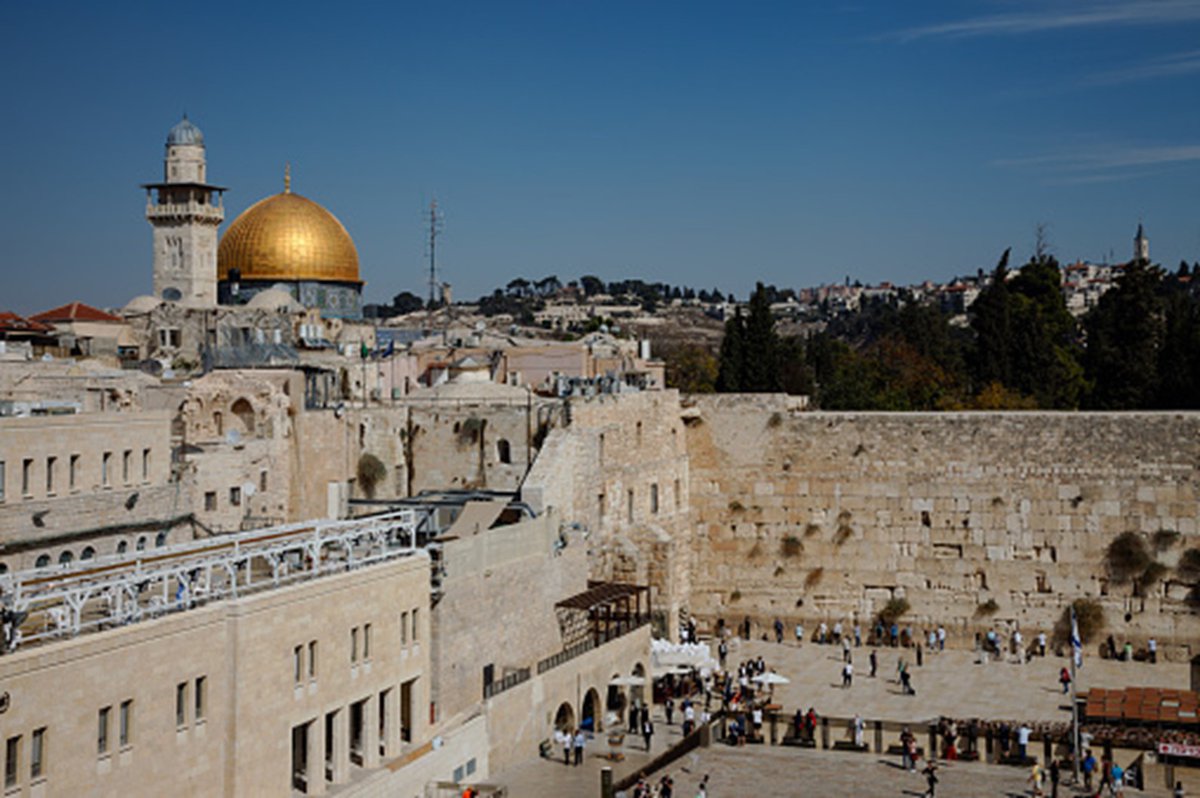Pause for thought: The Living Stones

It’s been heart breaking to see the images coming out of the Middle East in recent days with so many being killed, and many more being injured and displaced. Having dominated the news agenda for several days, it has now been overtaken by other stories, equally dramatic and equally challenging. Our theology reminds us that we live in a broken world, and you don’t have to look too far to find the evidence.
But whilst the focus of the world’s media moves on, for those who live in that context, the tensions which caused the recent upsurge in violence are never far from the surface. I have been fortunate enough to have visited Israel and Palestine many times and met countless people who have shared their stories from both sides of the conflict. The hurt and mistrust on both sides runs incredibly deeply, but in the midst of that are the peacemakers, those who work tirelessly to create understanding, forgiveness, and tolerance.
At times of crisis such as we have witnessed of late, high level diplomats are often flown in to try and mediate between the two sides and broker some kind of agreement to allow for a ceasefire or a de-escalation of tension, and it’s entirely right that we pray for their success. But pray too for those Christians who live permanently in that part of the world, and in Jerusalem especially. The Christian Church there often refer to themselves as ‘The Living Stones’ and feel a profound sense of responsibility for maintaining Christian worship in the Holy Land.
The term ‘Living Stones’ has resonance for this particular Christian community in a couple of different ways. The term ‘living stones’ is found in 1 Peter 2:5 and is used as a metaphor to illustrate the secure and intimate relationship believers have with Jesus, who is himself described in the previous verse as the ‘Living Stone’ (1 Peter 2:4), and in Ephesians 2:20, as the ‘Chief Cornerstone’. Peter goes on to describe the function of the living stones as those who are called to declare the praises of God who called them out of darkness into light (1 Peter 2:9). It’s their “job description” to speak praise, truth, love, and light into one of the most complex and painful conflicts on the planet.
But the term ‘Living Stones’ also reflects something else that’s precious to the Christians who live in Jerusalem, and many places elsewhere in the Holy land. Everything in Jerusalem, from its hotels to its supermarkets, is made from Jerusalem stone, giving the city a unique and magnificent look and feel. The stones consist of various types of pale limestone, dolomite and dolomitic limestone, common in and around Jerusalem, and have been used in building since ancient times.
One of these limestones, meleke, has been used in many of the region's most celebrated structures, including the Western Wall, known in Hebrew simply as the “Wall” (Kotel) which dates back to Holy Temple times. Geologically, the stone is formed over many years of compressing shells and corals – sea creatures of the past - compacted and compressed into stone and fossils. So, symbolically, Jerusalem’s stones were once teeming with life, just like the modern-day Christian Living Stones are called to be.
As Christians, we are all called to shine as lights in the darkness, but when you next read Psalm 122, and/or pray for the peace of Jerusalem, please pray especially for those Living Stones who are called to radiate the love of God in one of the most difficult contexts on earth.
The Revd Chris Burr
Tutor in Ministerial Development, St Padarn’s.